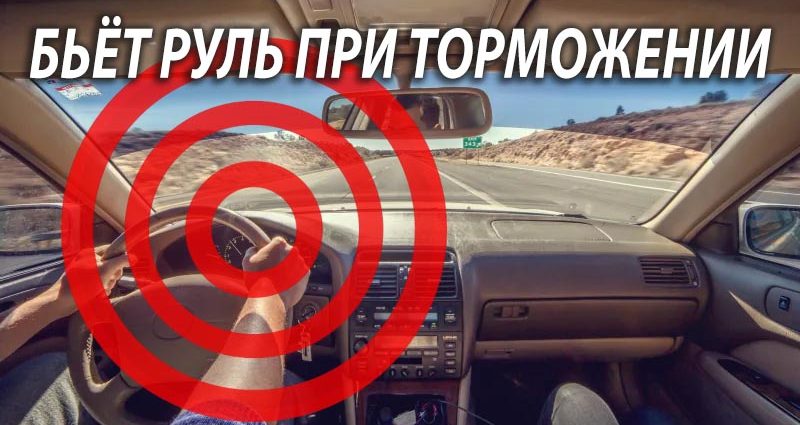
Never Ignore: Steering Shakes When Braking
Content
Brakes are the most important parts of a car. Because it is much more important that the car slow down in a controlled manner than drive. Without a working brake system, driving a vehicle is dangerous for your life and the lives of others. Thus, jerking or shaking of the steering wheel during braking is a strong warning signal. In no case should this be ignored, but immediate measures must be taken. Read this article to find out what causes this defect and how to fix it.
What happens when you slow down?

Every modern car is equipped with hydraulic dual circuit brake system . When you press the brake pedal the pressure force in the brake booster increases and is transmitted to the brake pads . They move together and put pressure on the brake discs located behind the wheels.
The action of the brake system extends OK. 67% on the front axle и 33% on the rear axle . This prevents the vehicle from skidding due to the locking of the rear wheels. Features such as ABS or ESP further enhance braking safety.
Best case scenario the braking process is very convenient and does not interfere with normal driving. This makes it even more noticeable if something is wrong with the braking system.
Brake Flutter: The Usual Suspects
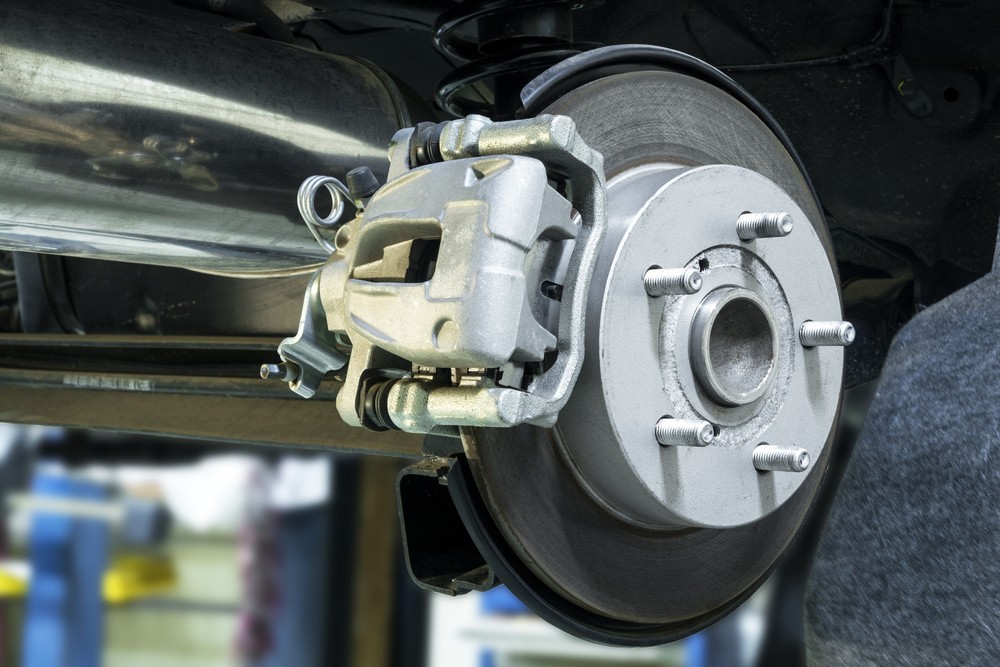
brake flutter occurs to varying degrees. Begin with subtle twitching or only audible twitching .
At worst the steering wheel barely holds when braking. Depending on how this defect manifests itself, the causes can be narrowed down.
| Fluttering brakes can cause the following symptoms: - audible grinding – slight steering wheel deflection - strong steering wheel deflection - Loud hum with noticeable rattling - one-sided rattling, which soon turns into a two-sided rattling |
Worn brake pads
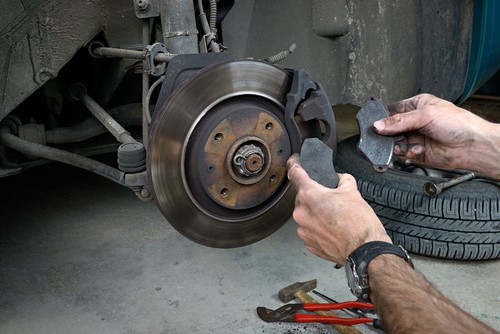
If you hear a grinding noise, the brake pads are probably worn out. . The base plate then rubs against the brake disc. The car should be delivered to the nearest workshop by the shortest route, but at a slow speed. At least the pads need to be changed. However, this type of damage usually the brake disc is already damaged. So it's ready to be replaced.
Deformed brake disc

If the steering wheel shakes slightly, the brake disc may be uneven. . This happens when it overheats. If you only use the brakes when driving downhill, this will cause the brake discs to glow.

At a certain temperature, the disc is still harmless red-hot turns into white-hot . It then becomes soft and deforms more and more with each brake application. This is why you should always use the engine brake when driving downhill. To do this, shift gears down until the vehicle maintains a controlled speed.
Even if the engine whines, as long as the speed is not exceeded, there is no danger . Once the brake disc has become wavy, it should be replaced . Since a lot of heat is generated during deformation, you should check the entire area of \uXNUMXb\uXNUMXbthe wheel for damage. Tires, hoses and, in particular, plastic parts can be damaged by a luminous brake disc.
Steering wheel flutter: a malfunction in the steering wheel itself
If the steering wheel is difficult to hold when braking, the wheel is usually bad. . The simplest reason is loosening wheel bolts . The vehicle is parked in a controlled manner and the warning lights are on.
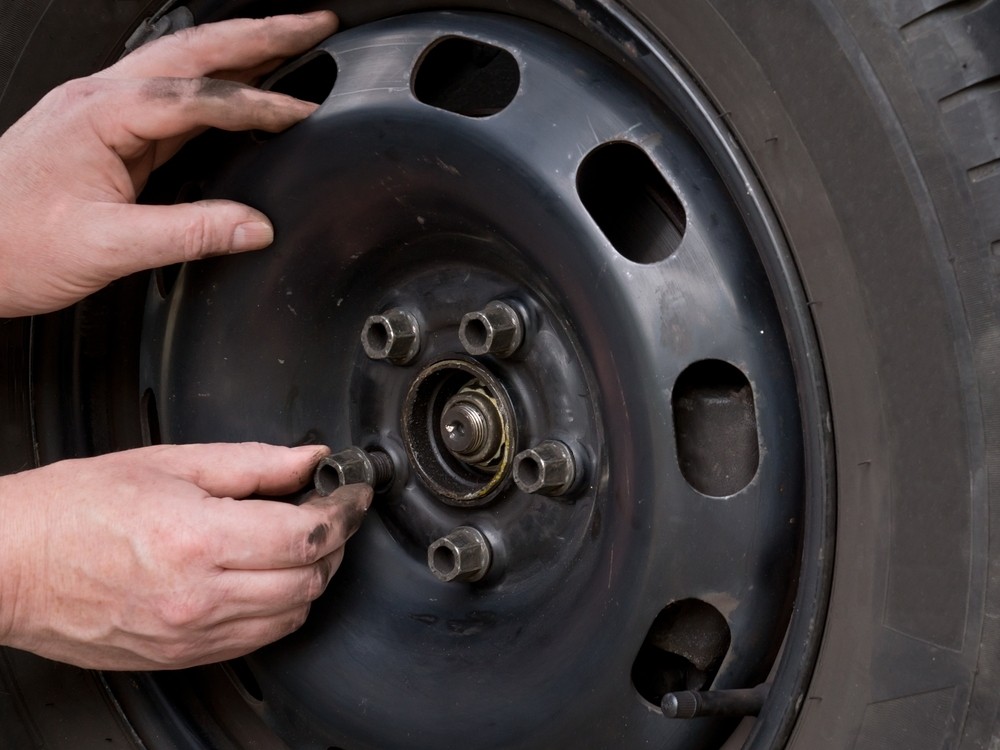
Now check the wheels. If the wheel bolts can be unscrewed by hand, the cause has been found.

But be careful! Such a malfunction can have only two reasons: unprofessional installation or malicious intent! If you did not install the wheels yourself and did not use a torque wrench, you must notify the CID!
| Strong brake flutter can also be caused by the following reasons: - faulty shock absorber - faulty tie rod - broken coil spring – low tire pressure - inflation of the tire |
In any case, , a car with such a defect is subject to immediate delivery to the workshop. If the damage is very serious, an emergency vehicle should be called.
Steering shaking due to sensor error
A vehicle is steerable only when the wheels on its steered axle are turning. . Once they are locked, the car only slides forward. On icy surfaces or on slippery leaves, this can lead to a dangerous traffic situation. The driver desperately applies the brakes and tries to avoid the obstacle. However, the vehicle continues to move steadily towards it until the collision.
That's why the anti-lock braking system was developed over 40 years ago.
ABS serves for conservation vehicle handling during emergency braking. To do this, the automatic anti-lock braking system relieves brake pressure at short intervals and allows the wheels to turn a little further. The vehicle remains steerable and the driver can avoid obstacles even during emergency braking.
ABS consists of small steel ring and gauge .
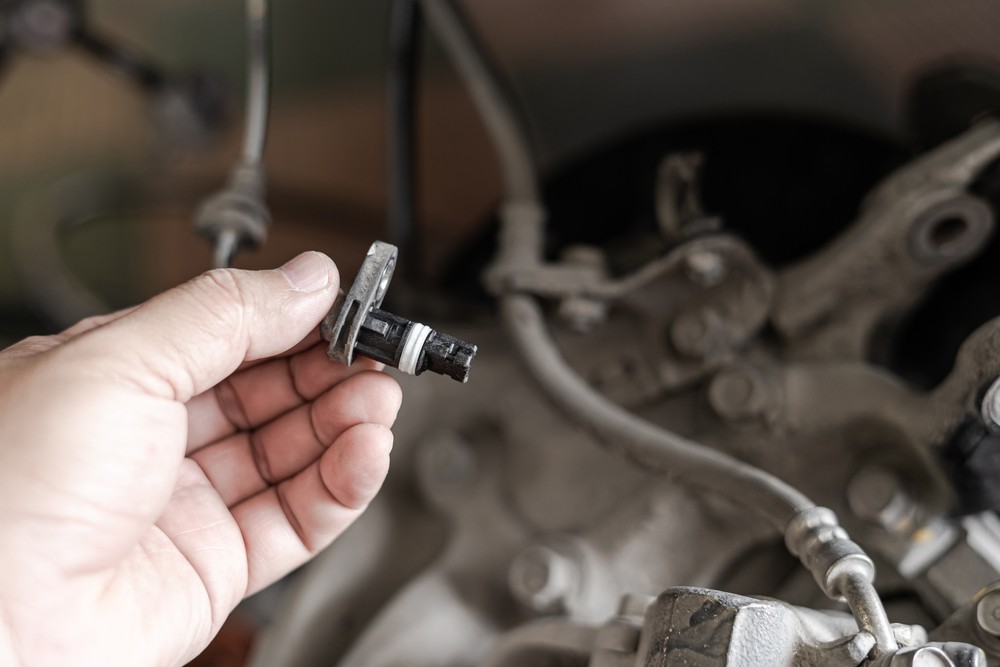
- The steel ring has either holes or teeth .
- It is attached to the drive shaft.
- As long as the sensor registers the changing magnetic field from the steel ring, the control unit knows that the wheel is spinning.
- But as soon as the signal remains the same, the control unit considers that the wheel is locked - and the inertia brake is activated. The ABS then kicks in every time you brake.
- In most cases the reason is rusty ABS ring .
- In more rare cases the sensor itself is affected. However, both defects can be fixed quickly and inexpensively.
Worn brake discs
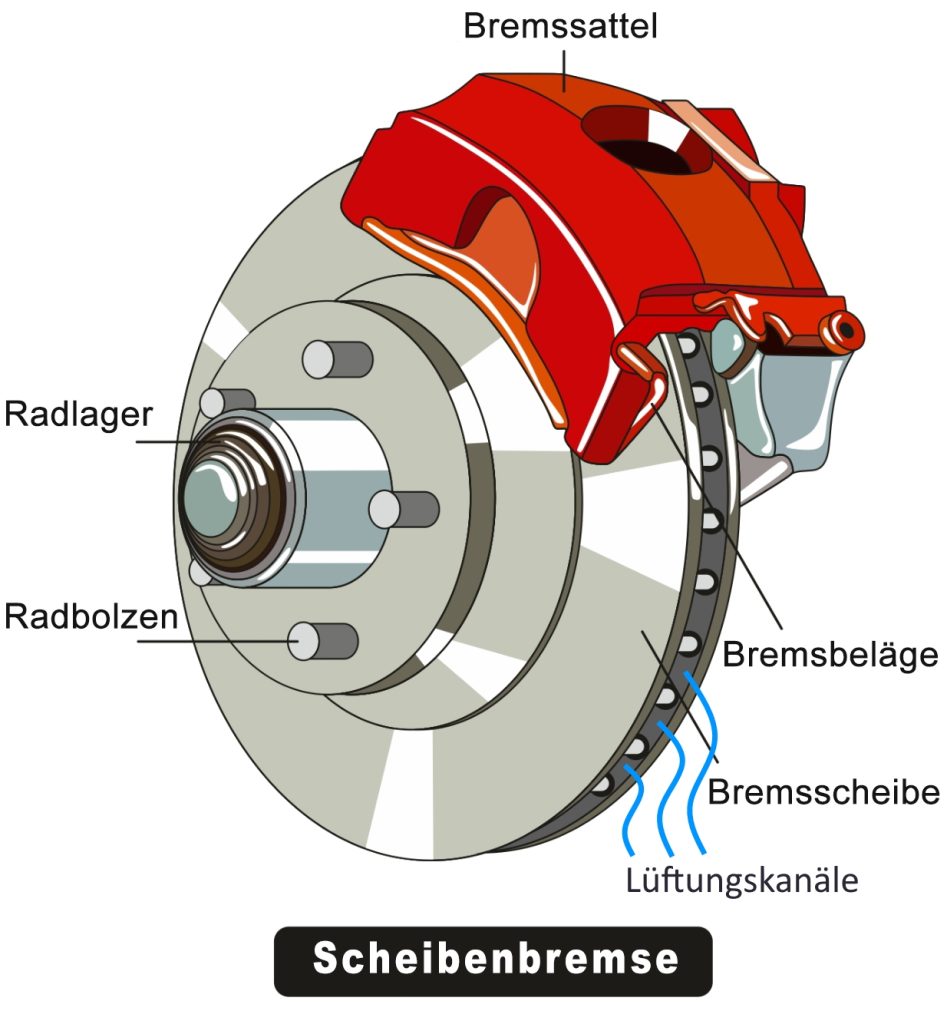
Modern brake discs are complex .
- They have double wall structure .
- At their center are ventilation ducts. While driving, the brake disc constantly sucks in ambient air and blows it out through these channels.
- As a result, it cools down again quickly with every braking.
- Cooled brake discs have a better braking effect and a longer service life. Their tendency to wave formation is much lower than that of uncooled brake discs.
However, with complete wear of the outer layers of the disc the ridges of the cooling channels become visible. Then these ridges scratch the brake pads, which makes itself felt with a loud rattle.
This defect is quite rare in the UK. . Usually a worn brake disc is noticed in advance so that it can be replaced in time. In this case, only the immediate replacement of pads and discs will help.
It's not a matter of postponing

No matter what the cause of the brake flutter is, you should never ignore this defect . A slight knock can quickly turn into complete brake failure. This can lead to life-threatening situations.
The best way To prevent this, check the brake system regularly. The ideal time to do this is to change your seasonal tires.
When summer or winter tires are installed, the brake system is open and can be easily inspected. Most repairs can be done quickly . This is the best way to go a whole year without rattling and fluttering when braking.